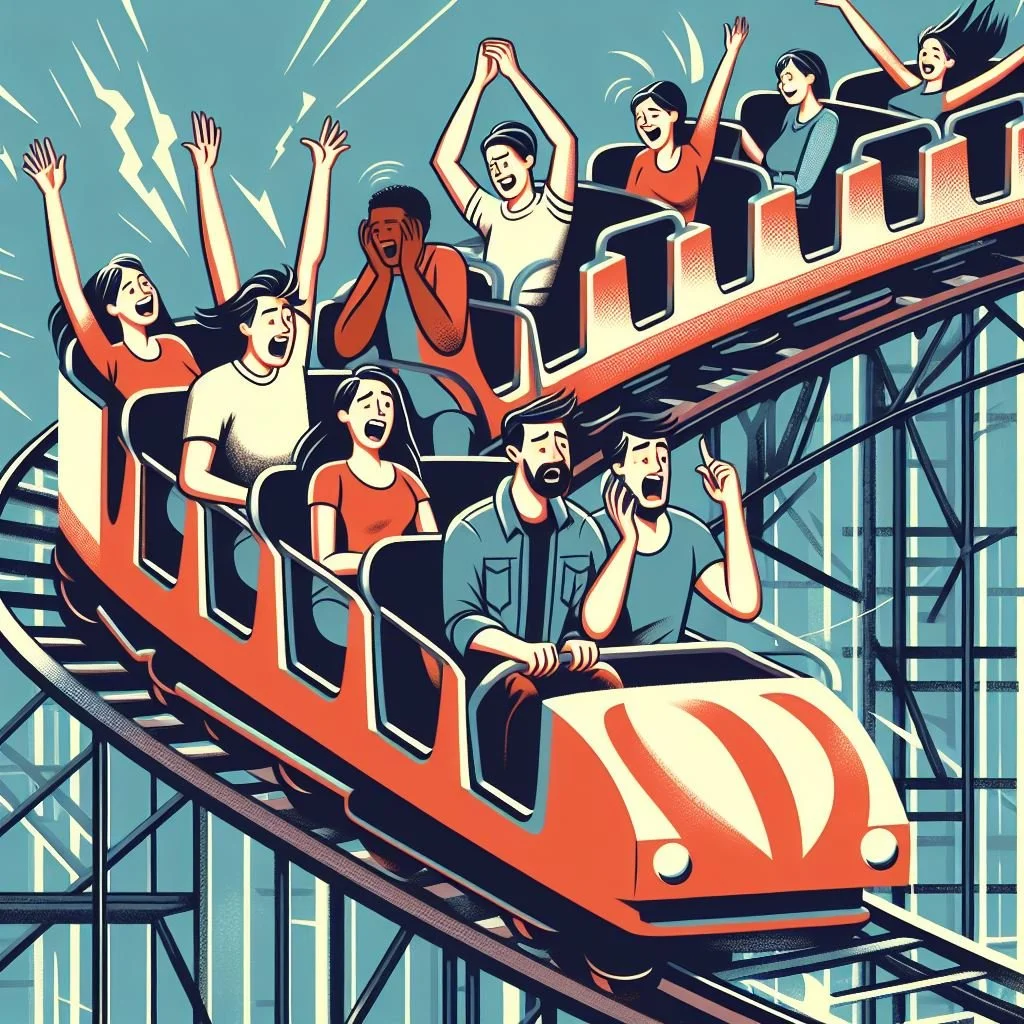Emotional rollercoaster
“How are you feeling?”
How many times has someone asked you that question? Or you’ve asked someone else? Do you really think about your emotions and how you describe them to yourself or others? Sometimes we struggle to name the emotion that we are experiencing, and that relates to the language that we use.
It’s not always easy to adequately describe what you are feeling, given that we experience a wide range of emotions, and they all exist on a spectrum. For example, the emotion ‘angry’ encompasses a broader set of emotions such as frustrated, annoyed, defensive, spiteful, impatient, disgusted, offended or irritated. And ‘happy’ encompasses emotions like thankful, comfortable, content, excited, relieved, elated, confident or elated. However, many people have a tendency to default to basic descriptors like ‘angry’ or ‘happy’ even when our feelings may be less extreme. This makes it harder to convey how we are feeling to others.
Next time you experience a strong emotion, take a moment to consider exactly what it is. Once you have identified it, try to come up with two or three more words that more accurately describe exactly how you are feeling, to give more breadth to the language of your emotions. You might even uncover a deeper emotion buried beneath the more obvious one.
Sometimes people label themselves as the emotion they are experiencing. So they might say things like ‘I am sad’, or ‘I am angry’. As a result they become invested in being that emotion, because the are that emotion. That makes it harder to move away from those feelings. It is much better to describe how you are feeling – ‘I am feeling sad’, or ‘I am feeling angry’. In that way you are defining the emotion that you feel, rather than becoming the emotion itself.
How we frame our emotional response can dictate how we respond in a situation. Recall a time when you felt intimidated – perhaps during an exam or a job interview. Anxiety is running high, and you let the situation get the better of you, because you fear the outcome – failing the exam or not getting the job. If we allow ourselves to be intimidated by the emotion of fear, then we will act accordingly. But you also have the choice to not feel intimidated. The emotional response is still there, but how you respond has changed. It’s not an easy thing to do, and it takes a lot of practice.
Emotions aren’t good or bad—they just are. They are an automatic response to a given situation, and we don’t really have the ability to control our emotions. But we do have the ability to control how we respond to our emotions.

